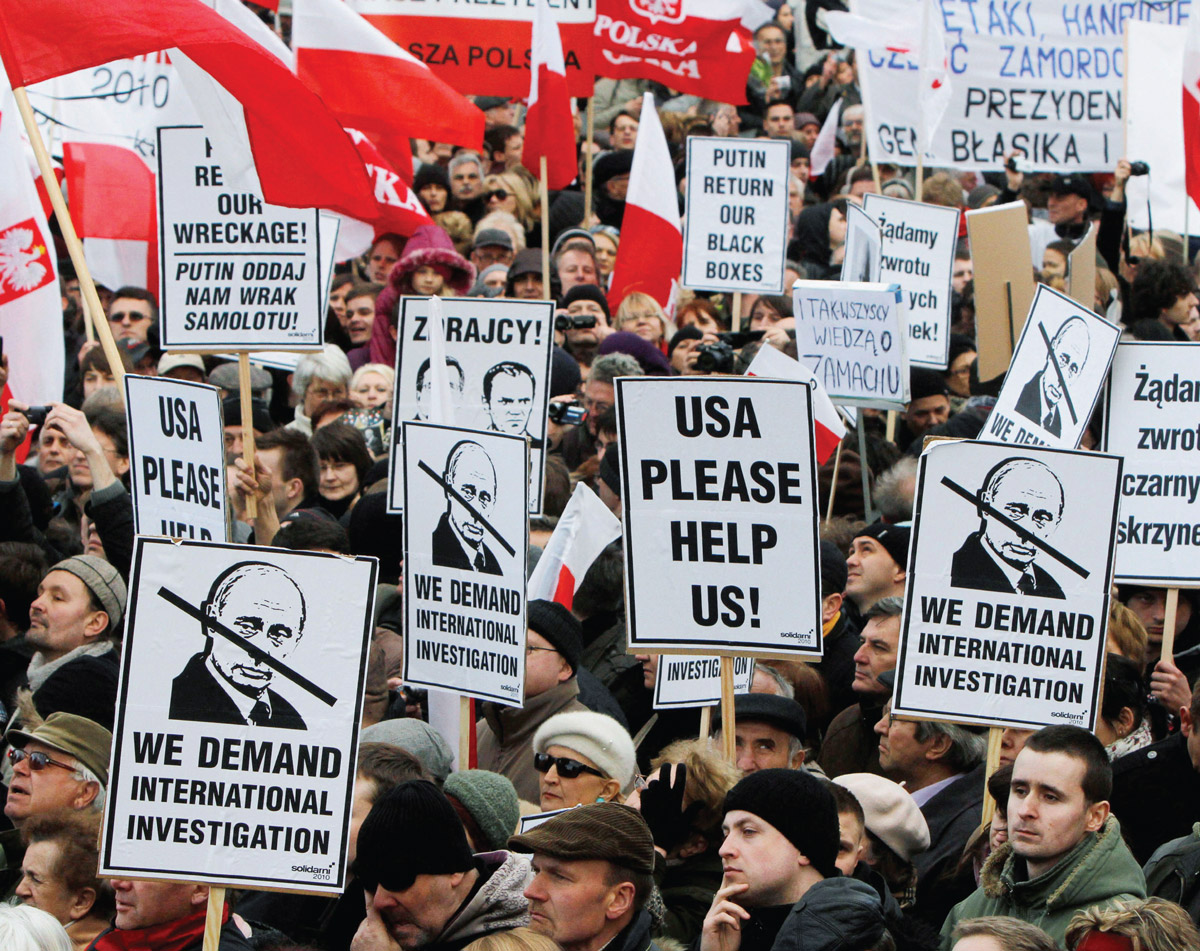Cardinal Directions
West by East
Marta Figlerowicz

“Your country’s going to hell,” said the immigration officer who checked my green card at JFK airport on my way back from Poland. It was October 2016, and Poland was reeling from a wave of conservative reforms instituted by our new, right-wing government. The officer—his name was Jeremy—knew a lot about politics, and we started talking, even though there was a line of impatient travelers behind me. Jeremy was reading a radical socialist pamphlet under his desk. He shoved it at me: it was a hastily stapled, crookedly xeroxed wad of papers. “I’m left of Bernie Sanders,” he said. “I’m left of Karl Marx and even of Jesus.” He finally stamped my passport. “America’s going to hell, too,” he declared as he handed it back to me. We both laughed; this still seemed like a sympathetic overstatement.
Back in the eighties and nineties, before my move from Poland to America, changes in time zone seemed equivalent to actual time travel. We would look out onto the West for models of the forward path we were hoping to take. Turning around, we would look east to shudder at the past we were leaving behind. We probably wouldn’t catch up with Europe and the United States for a while, we assumed, but this delay also gave us a comforting sense of control over our future. If one had the money to drive over to Germany or France, or maybe even fly out to visit family in Chicago, one could get a sneak peek of what this glorious, capitalist future would look like. At the same time, the further we got from our own Soviet period, the more our neighbors to the east seemed stuck in that earlier era. East of Poland, the other Slavs were using our discarded train cars, and movies arrived in their theaters months after ours. Before long, we were making these comparisons with nostalgia rather than with fear. Indeed, taking a page out of Goodbye, Lenin, some older people I knew began to travel to Ukraine or Belarus to relive their twenties.
Poland was still catching up with the Western future, and fleeing the Russian-occupied past, even in 2010. That was when its centrist coalition government incurred the disaster that would ensure a right-wing takeover of both the executive and the legislative government six years later. Ninety-six passengers, most of them high-ranking politicians, died in a plane that crashed in the Russian city of Smoleńsk. They had been on their way to Katyń, a site where the Red Army shot thousands of Polish intelligentsia during World War II. The liberal left attributed the crash to human error and bad weather. But on the right, conspiracy theories blamed it on the Russian government and on the centrist Polish leaders who—it was said—had been their allies. Their view became increasingly popular, as national pride swelled over the notion that the Russians had gone to so much trouble to destroy our government. The incident also invited parallels to 9/11, which made Poland seem not only decisively non-Russian, but akin to the major Western powers whom countries east of us continued to oppose. Poles were vaguely proud that our national tragedy had involved aircraft; as official investigations of its causes prolonged themselves, many also began to take pleasure in their endlessness. Every Polish citizen of my generation has a story about where they were when they first heard of the crash, the way that most Americans know exactly where they were on 9/11. I, for one, found out about it in Cleveland, Ohio, around 5 am local time. I’d stepped out of my conference hotel to smoke and brace myself for my morning flight. As I lit up, a neon crawl on an adjacent building began announcing that half of my national government was dead.